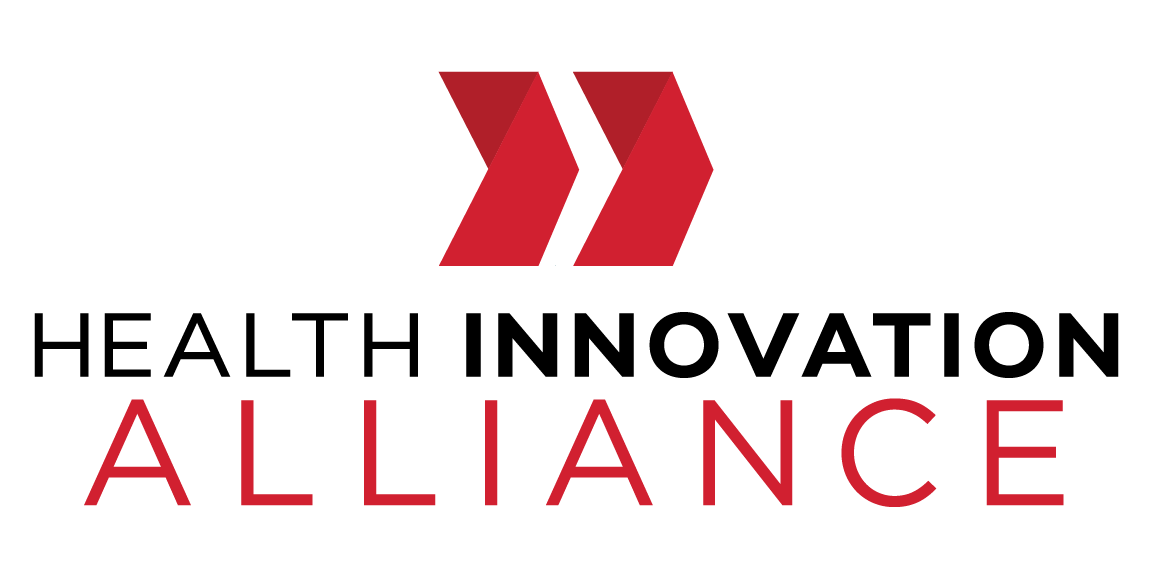While Silicon Valley is still famous in the tech industry, Chicago has recently seen a boom in innovative start-ups. From Groupon, to Avant, to GrubHub, Chicago is home to many of the most transforming technologies of the past decade. The $30 billion federal investment, and more than $70 billion private investment, in electronic health records, has also spurred entrepreneurs into other health applications and platforms, most notably data and analytics. How health IT products and data are regulated will help determine the innovations doctors use to treat patients.
On December 7, thought leaders in the field, including Apervita, Health IT Now, emids, and JEN Associates, gathered for a full-day conference at MATTER, Chicago’s health-tech incubator, to discuss the promise of health IT, the current barriers to progress, and next steps to allow for innovation.
Recent shifts in how care is delivered and paid has created an innovation friendly environment. For example, in Medicare providers will transitioned from payments based on volume to payments based, partly, on performance and outcomes. In order for payers to know how providers are performing and for providers to know how to improve, they will need data and actionable information at their fingertips. Never before has the power of data to transform healthcare been so apparent.
At the same time, it is abundantly clear the laws and regulations governing how technology is regulated and paid for is woefully behind the times.
Throughout the day one fact was abundantly clear – policymakers in DC are decades behind the technology that holds the potential to transform our healthcare system. The law that set how medical devices are regulated by the Food and Drug Administration (FDA) was written in the ‘70s – 10 years before the first handheld cell phone was sold and almost 40 years before the first iPhone was released. The law itself has a wide definition of the term ‘medical device’ and leaves discretion in the hands of the FDA on what to regulate and what not to regulate. In response to recent increased pressure from Congress, the FDA has issued a number of sub-regulatory guidance documents that outline the FDA’s thinking and direction in regulating health IT. The guidance documents lay out a number of considerations – intended use, potential for patient harm – and they say that for the most part, they do not plan to regulate health software products.
That’s great, right? Then why are we still talking about this? The problem with sub-regulatory guidance is that it just documents FDA’s current thinking on an issue. It doesn’t have the same legal standing as regulations or laws and the FDA can change their thinking at any time. Basically, they can chose to not regulate a health software product one day, and the next day turn around and decide to regulate.
As a result, capital costs more than it otherwise would because it prices in the costs of this regulatory uncertainty. In fact, some companies and panelists had gone through the FDA 510(k) approval process, while others said they wouldn’t because they didn’t believe their products were medical devices.
So what can we do about it?
We can live under the current rules, recognizing that some products will be more expensive as a result. Some products will never get built at all. As capital (investor dollars) becomes more expensive, more capital will flow out of health care and patient health and outcomes will be worse.
There are currently ongoing efforts in Congress to address this uncertainty. A provision included in the House-passed 21st Century Cures Act called the SOFTWARE Act would set clearer guidelines around what will and will not be regulated by the FDA, guided by the intended use of the product. In the Senate, Senators Bennet (D-CO) and Hatch (R-UT) have introduced the MEDTECH Act, which seeks to do the same. Both pieces of legislation are steps in the right direction.
If we these bills to be signed into law, we need participation from all stakeholders. Congress and the FDA need to hear learn about how the lack of clarity is impacting innovation in order to form sound policy.
What is also clear from conference discussions is we all have the same goal – allowing for innovation while also protecting patients. I was amazed at the products being developed in Chicago to improve health at lower cost. While a conference is a good place to begin a discussion, we need to continue to work together to move the ball forward. We look forward to working with conference speakers, attendees, and sponsors to produce a whitepaper in 2016 that will provide concrete recommendations on how health IT regulation should be clarified to lower the cost of capital and foster innovation. It’s time to welcome creativity and technology in care delivery, and we plan on shaping a regulatory and legal environment to allow for just that.
